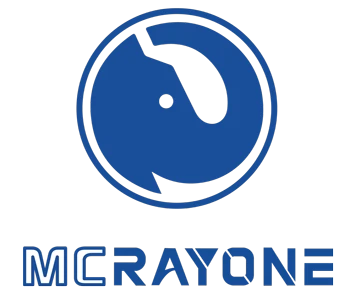Nutrition And Feeding Points Of Commonly Used Cake Feed For Livestock
1. sunflower seed cake
Sunflowers are mainly planted to produce oil and seeds. The main producing areas are northern European countries and Russia. In recent years, they have also been planted in the central region of Heilongjiang Province. Compared with planting soybeans and cotton, planting sunflowers requires a cold and dry climate. Sunflower (cake) meal has a high protein content (shelled about 50%, dry matter basis), but it lacks lysine, otherwise its quality can be equivalent to soybean cake. However, the high fiber content limits the application of sunflower cake in poultry and pig feed. If you want to use it in these livestock, you must limit its dosage, especially for young animals, or use peeled sunflower cake. It is believed that feeding whole sunflower seeds is an effective method to provide nutrients for lactating goats, because feeding whole sunflower seeds does not have the risk of acidosis and enterotoxemia, which is mainly related to its high fiber content.
2. peanut cake
Because peanuts are planted in many warmer regions as human food, there is a large supply of peanut meal (also known as peanut meal) in central and southern provinces of China. The protein content of peanut cake is 45% - 55%, and its quality is affected by the processing and the amount of peanut shell in the cake. The lysine in peanut meal is very deficient, and the digestibility of protein is very low, which may be caused by tannin in the shell. In addition, peanuts are easily contaminated by mold (such as Aspergillus flavus). Aspergillus flavus is a fungus that can produce highly toxic substances, especially for young animals. Peanut meal is very palatable to pigs. Studies using pigs have shown that when peanut meal is fed together with some feeds rich in lysine or methionine, the nutritional value of peanut meal is equivalent to that of soybean meal.
3. Rapeseed cake
Rapeseed cake is made from rapeseed. Rape grows in a colder climate than soybeans or cotton. Therefore, it is an important crop in some colder regions in Northwest China. The crude protein content (dry matter basis) of the solvent extracted cake is 41% - 43%, and the amino acid composition is good. The lysine content of rapeseed meal is lower than that of soybean meal, but the methionine content is higher than that of soybean meal. Generally speaking, rapeseed meal is less palatable than soybean meal. Some rapeseed meals contain high levels of tannic acid, which may hinder the growth of young animals. Like other species of Brassica, rapeseed contains cyanogenic compounds, which are caused by a group of compounds called glucosamine isothiocyanate. Although glucosamine isothiocyanate itself has no biological activity, it can be hydrolyzed by enzymes in seeds to produce isothiocyanate, thiocyanate ester, nitrile and different derivatives of these compounds. Fortunately, the varieties of rape that have been cultivated have low glucosamine isothiocyanate content. Recent feeding experiments with cows and calves showed that low glucosamine isothiocyanate meal would not cause any problems except slightly higher thiocyanate content in milk. If you want to use rapeseed meal to replace other protein supplement feed in a large amount, then you should use those cakes with low glucosamine isothiocyanate content.

4. sesame cake powder
Sesame cake powder is a by-product of sesame seed oil extraction. It is mainly produced in India and China. The crude protein content of sesame cake is 38% - 48% (dry matter basis), and its lysine content is low, but its methionine content is high. Sesame cake can be used in a limited amount in the diet of monogastric animals. Obviously, phytic acid contained in sesame cake is enough to affect the utilization of Zn in some cases.
5.other oil cake
There are also a limited number of other oil cakes in some areas. These include Baba Su Ren cake, castor seed cake, sea kale cake, hemp seed cake, Chi Hua cake and mustard seed cake. In terms of output, these cakes are not important at present, although some of them also have certain prospects under some special climatic and soil conditions. Some cake powders, such as castor seed cake, kale cake and Chi Hua cake, contain anti nutritional factors, which require special processing or feeding methods, thus limiting their use in many livestock diets.








